Introduction to liquid cooling system 2
November 17, 2022
Characteristics of liquid cooling method
3.1 Make full use of the natural cooling source, energy-saving effect is obvious
Liquid-cooled cabinet can make full use of the outdoor cooling source. Liquid-cooled cabinets in addition to cold plate liquid cooling, general spray and submerged liquid cooling of the server side in and out of the coolant temperature of 40 ℃ ~ 45 ℃, while the ambient temperature of the outside of the room can generally meet the requirements of the coolant cooling, spray and submerged liquid cooling can all use outdoor cold sources for server cooling, the overall PUE effect to improve significantly, and can make full use of natural cold sources, energy-saving effect is extremely The overall PUE is significantly improved, and natural cooling sources can be fully utilized, resulting in significant energy savings.
The PUE of all three liquid cooling methods can reach below 1.2, especially the spray and submerged liquid cooling system is more obvious, saving about 20% of air conditioning power compared to air cooling, plus the elimination of the internal fan of the server, the IT part of the power can save 13% to 25%, the overall energy saving effect is more than 40%.
For the current carbon emission, submerged and sprayed liquid cooling has a high temperature on its output water side, which has the value of waste heat recovery and utilization. If combined with partial waste heat utilization, the energy saving effect will have a significant space for improvement, and also can reduce the carbon emission intensity of the overall data center.
3.2 Low noise can be achieved in the server room
The noise in the server room mainly comes from the server fans. According to the current national regulations, the noise value measured at the main operator position in the manned mainframe room and auxiliary area should be less than 65dB(A) when the electronic information equipment is down. As large data centers continue to emerge, it is becoming common for data centers with host rooms containing hundreds of network devices in size. When these devices are working at the same time, most of the noise is close to or exceeds 65dB, which is the noise value tested under normal operation and 50% to 60% load of the equipment, and can only be higher if working at full speed with adjustable fan speed. When the environmental noise exceeds 80dB, personnel have been unable to work in the environment for a long time, and the laws of Europe and the United States also provide that if the noise in the workplace reaches 80dB to 85dB, the corresponding occupational protection must be provided.
Even if the cold plate type liquid cooling is used, the general fan works at a lower speed and the noise is lower than the conventional air-cooled form, so the noise value is greatly improved.
In addition, due to its own characteristics, the liquid cooling system reduces the part of conventional cold sources (such as chillers, air conditioning outdoor units, etc.), which can also largely reduce the noise impact on the environment, and is relatively easy and friendly for the arrangement of the data center and the surrounding environment.
3.3 Small footprint
Due to the simple structure of liquid cooling system, it can make full use of natural cooling source and reduce the layout of conventional data center's cooling source and ancillary equipment and pipeline, the system is simple and occupies a small area, plus the general liquid cooling cabinet can achieve high power density, which can realize 10~50kW power, saving a larger area than conventional.
3.4 Flexible system layout transformation
Due to the small footprint of liquid cooling system, the simplicity of the system, the advantage of using natural cooling source, and the possibility of achieving high power density, the convenience can be greatly improved for the transformation or expansion of the data center.
3.5 Low environmental requirements for server rooms
For submerged and cold plate type liquid cooling system server room, there is no positive pressure requirement for the server room, and there is no additional requirement for the neatness of the server room, and the requirement for the decoration of the server room such as wall and floor is low. Moreover, as the environment of the server room is mainly to meet the needs of personnel maintenance. The number of precision air conditioners and the arrangement of air conditioning rooms are reduced, and conventional air-cooled ends can be used, and the overall reliability of the server room's cold source needs are reduced.
3.6 Server reliability is improved and life span is extended
3.6.1 Low chip operating temperature and reduced energy consumption
Since the conversion efficiency of liquid energy efficiency far exceeds that of air, and the liquid cooling system can directly dissipate heat to the chips and other key components of the server, the heat dissipation is precise and efficient, so the operating temperature of the key components of the server is significantly lower than the conventional air cooling heat dissipation temperature, and the temperature is constant, and the system can continue to run at high load, doubling the efficiency; and since the spray liquid cooling and submerged liquid cooling remove the server system fan, they can directly The energy consumption of the server is reduced by about 15% to 25%, while the cold plate type is reduced by about 5% to 10%.
3.6.2 Improved server lifetime
The increase of server life is mainly reflected in two aspects.
① As the chip works mainly at a lower temperature and at a constant temperature, when reducing the vibration of the fan work (spray and submerged liquid cooling), it can significantly improve the life of the chip.
②Since the spray and submerged liquid-cooled server room is submerged in the coolant, the server does not need to be in contact with the air in the room, avoiding the accumulation of airborne dust and other particles in the server that can cause equipment failure. In addition, it also directly reduces the corrosion of the servers by moisture and dust in the environment, which improves the reliability and extends the service life of the equipment.
3.7 Low equipment maintenance expenses
Compared with the spray and submerged liquid cooling, cold plate type liquid cooling system operation and maintenance costs are high, even more than the air-cooled system, mainly because of its use of pure water equipment operation and maintenance expenses are relatively high, and with the use of years of growth in costs almost doubled.
Spray and submerged liquid cooling system has a simple structure, the number of components of the equipment is small, such as the number of equipment that eliminates the refrigeration host, air-cooled air conditioning, the probability of equipment failure will be reduced. In terms of the whole life cycle of the equipment, on the one hand, it reduces the spare parts of the equipment, and on the other hand, it can also reduce the manpower expenditure of the maintenance part at a later stage.
The cold plate type is an additional set of liquid cooling pipes compared to the air-cooled system, and the system is more complicated. However, the coolant of partial immersion liquid cooling system uses fluorinated liquid phase change method, which requires overall shutdown for maintenance, and there is difficulty in maintenance, and the filling volume of liquid cooling coolant is the largest.
From the three forms, the spray liquid cooling system, in addition to having a simple system, can do online maintenance, maintenance costs in the three for the lowest, overall in the later equipment life-cycle management, the overall maintenance costs of expenditure is the simplest, is the best one of the three ways.
3.8 Large upfront investment in equipment
As liquid-cooled equipment is still in its infancy, the current liquid-cooled form is extremely small compared to traditional air-cooled rooms, coupled with some key materials such as coolant and other temporary monopoly by some companies, compared to conventional rooms, the initial investment in equipment is larger, and because some of the equipment needs to be customized, such as servers, when the required number of small cases, the cost is higher, the general initial investment for the traditional room 3 times More than. When the single cabinet management equipment density in more than 20kW and more than 500 cabinets, the cost will have a greater reduction.
3.9 Customer acceptance needs to be improved
Liquid-cooled cabinets belong to a newer way, at present, customer acceptance is not as good as the acceptance of conventional air-cooled cabinets; because of the current investment in liquid-cooled rooms and the power density of the cabinets is greater, but with reference to the current social molding cases, the general power of liquid-cooled cabinets in 10 to 20kW or more, it is difficult to reach customer acceptance, the current basic use or transformation for own users, I believe that later with the liquid-cooled It is believed that with the promotion of liquid-cooled cabinets, the acceptance level of customers will be improved.
Conclusion
In summary, the advantages of spray liquid cooling compared with the other two liquid cooling methods are mainly reflected in the low weight of the server room, less coolant filling, simple system and low noise in the server room. Combined with the current characteristics of data scaling, there is a large utilization space in the application of server room renovation, upgrade of enterprise self-use server rooms, BBU small units in the communication industry, and there is a huge energy-saving potential in the use of natural energy, which is a new data center cooling method worth recommending.
Read More

 English
English français
français español
español
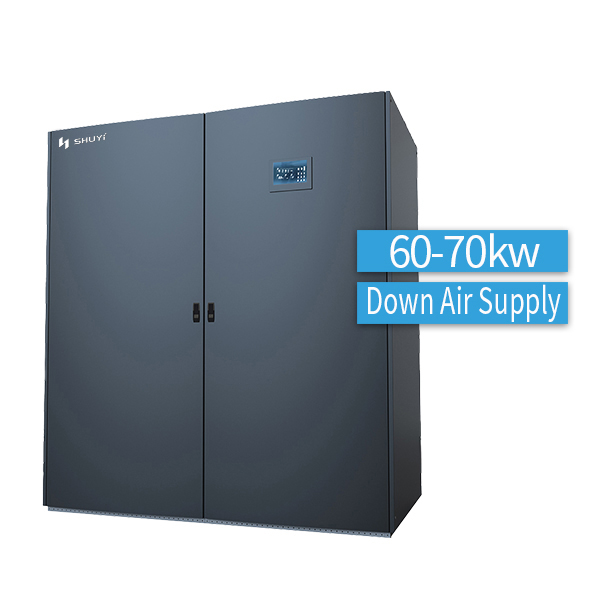
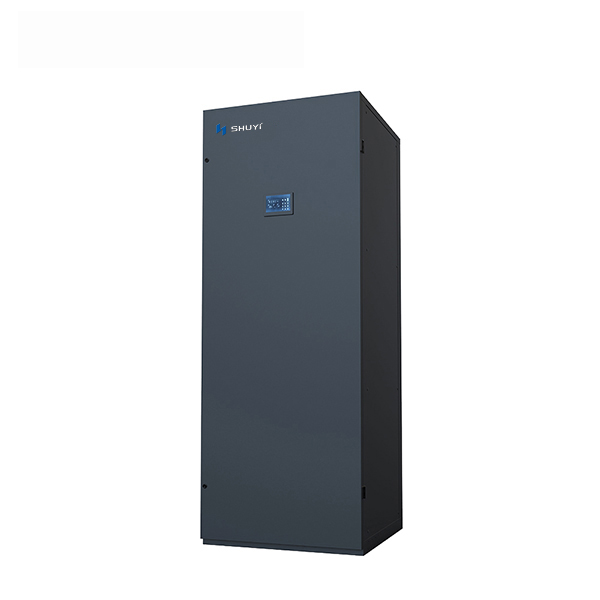
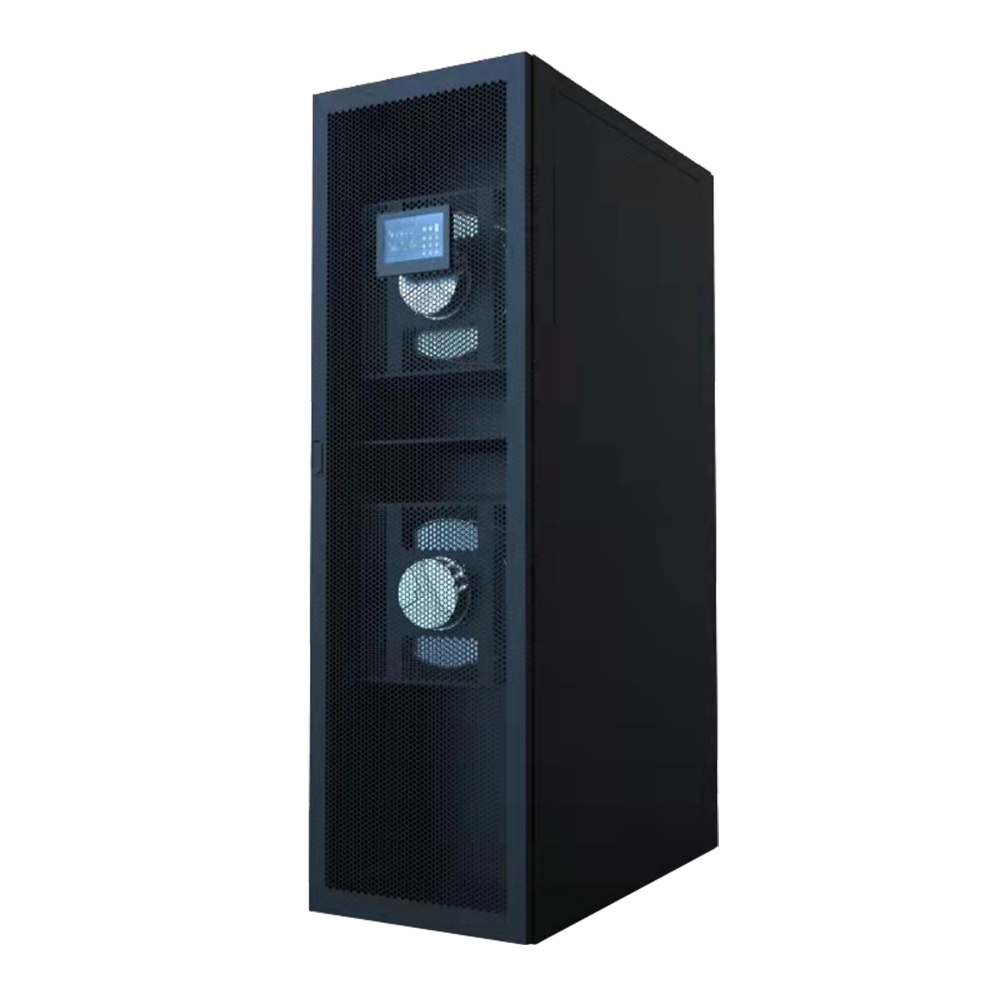
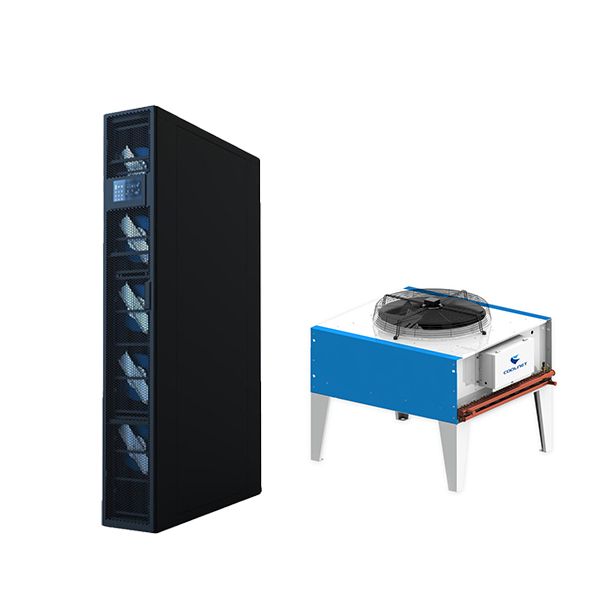
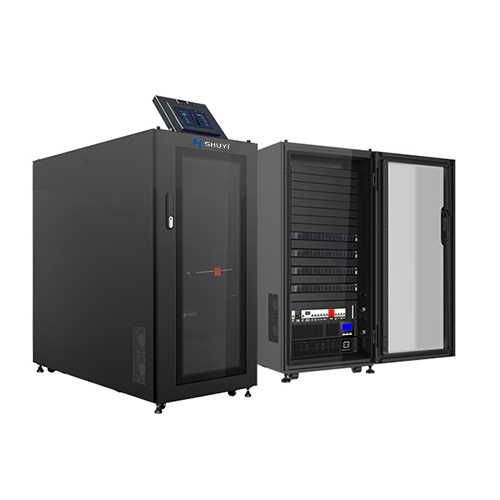

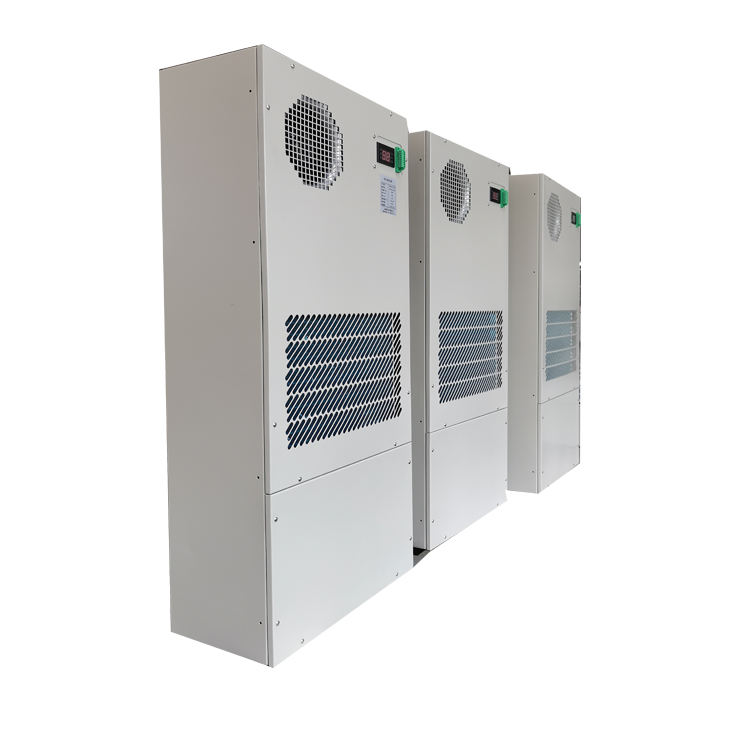

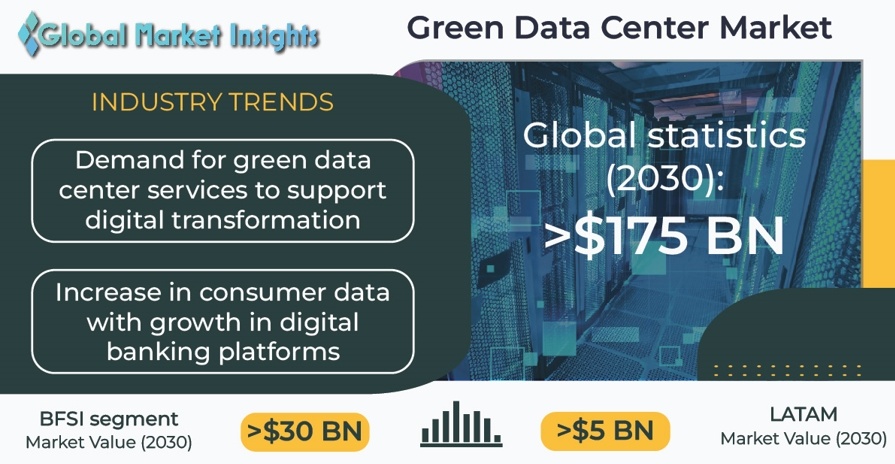

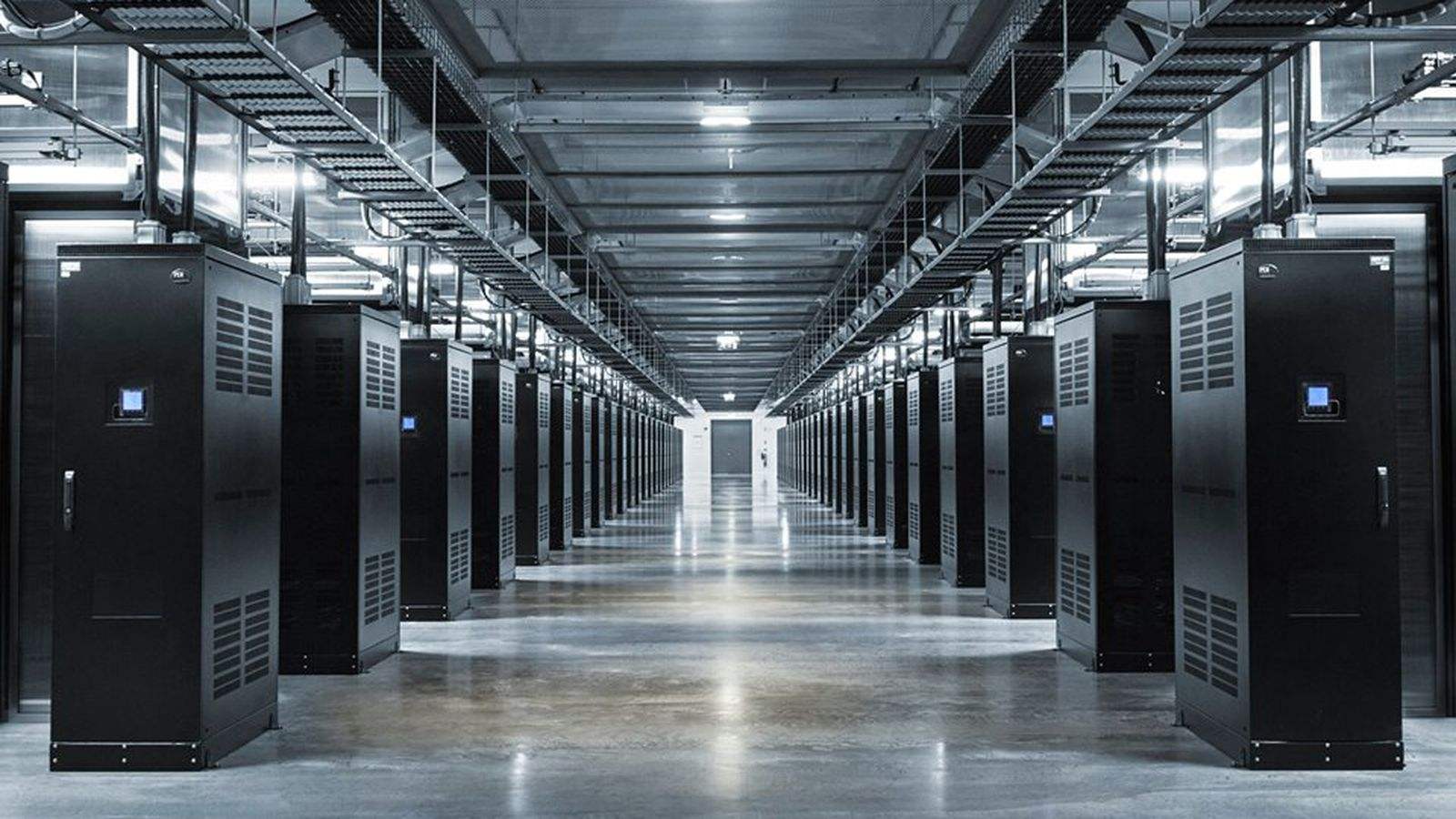
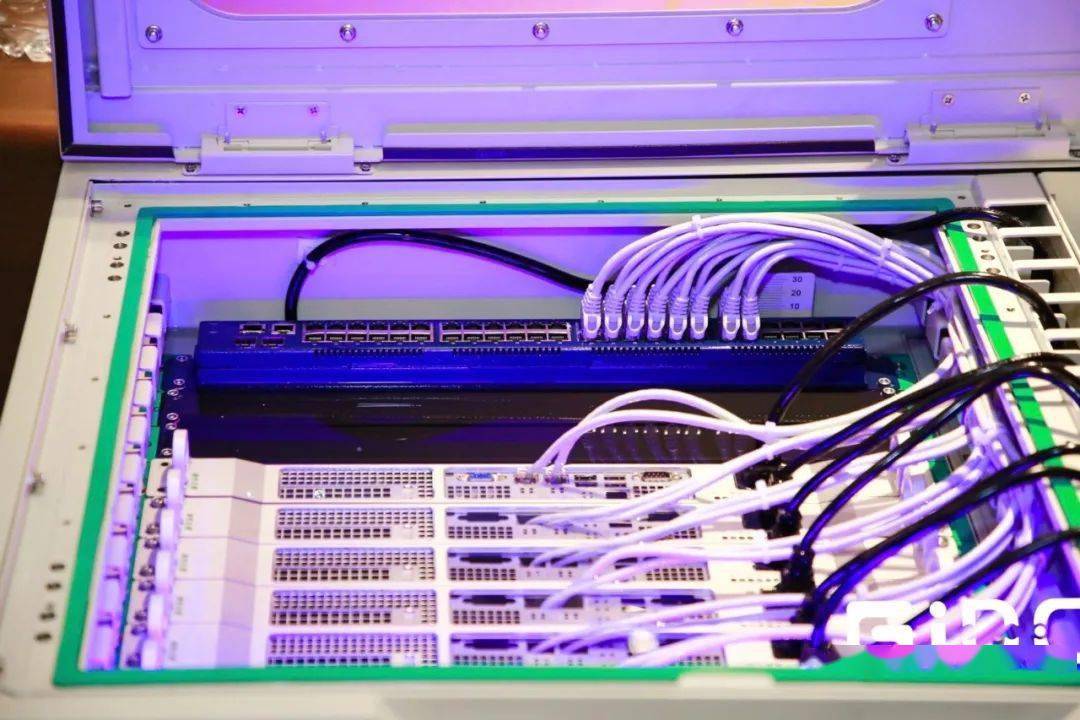
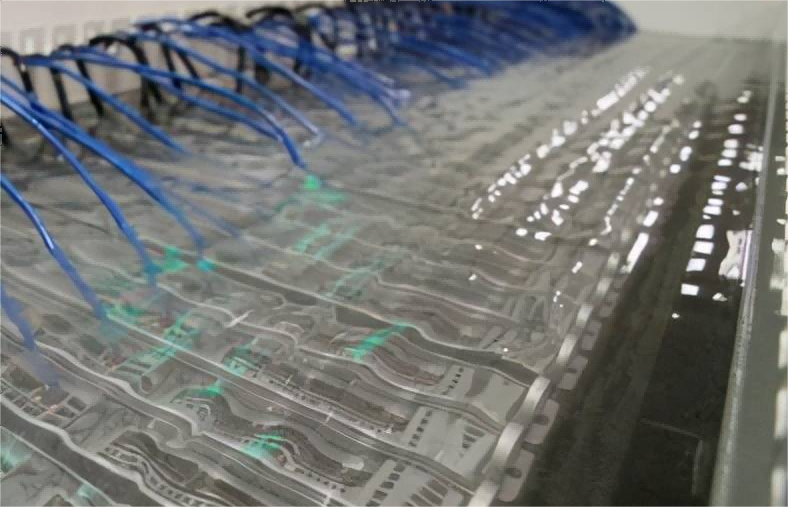
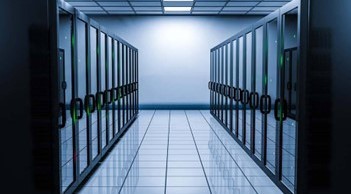
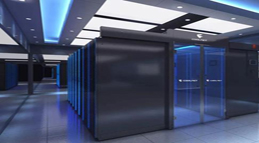

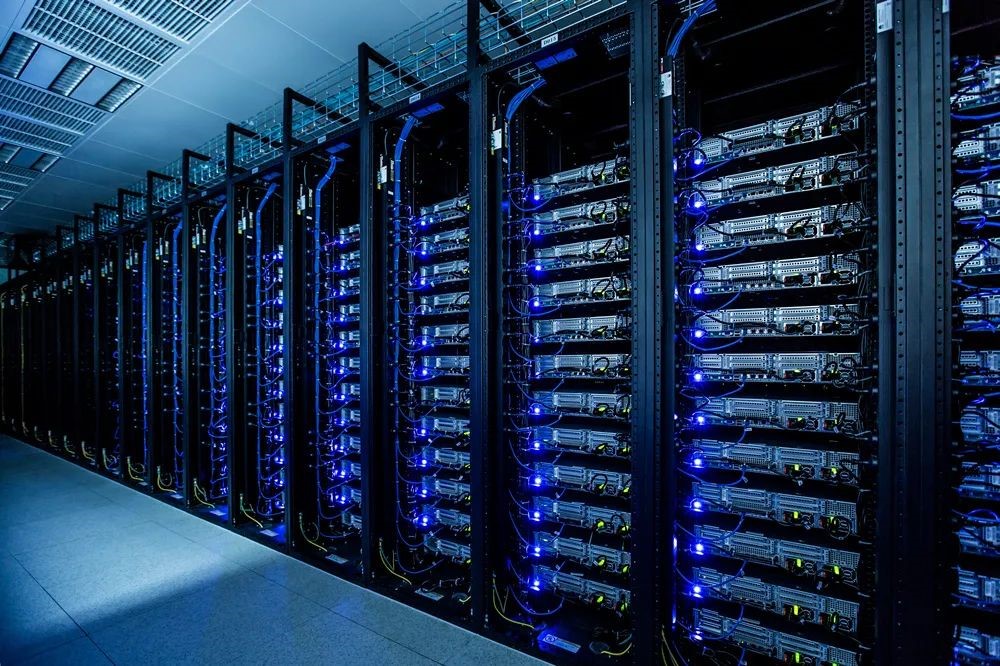
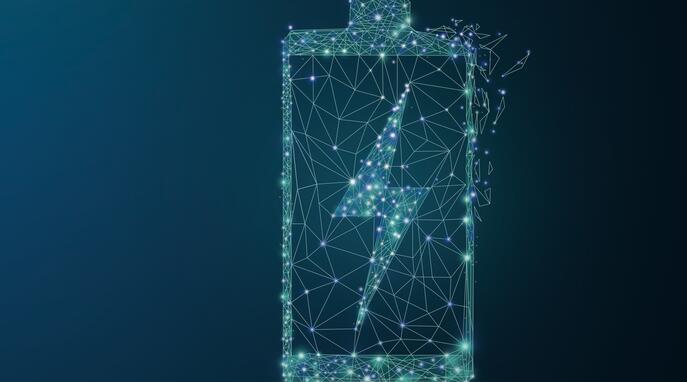

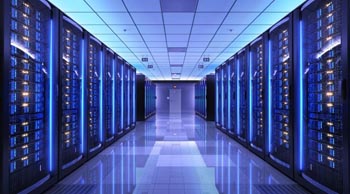





 IPv6 network supported
IPv6 network supported